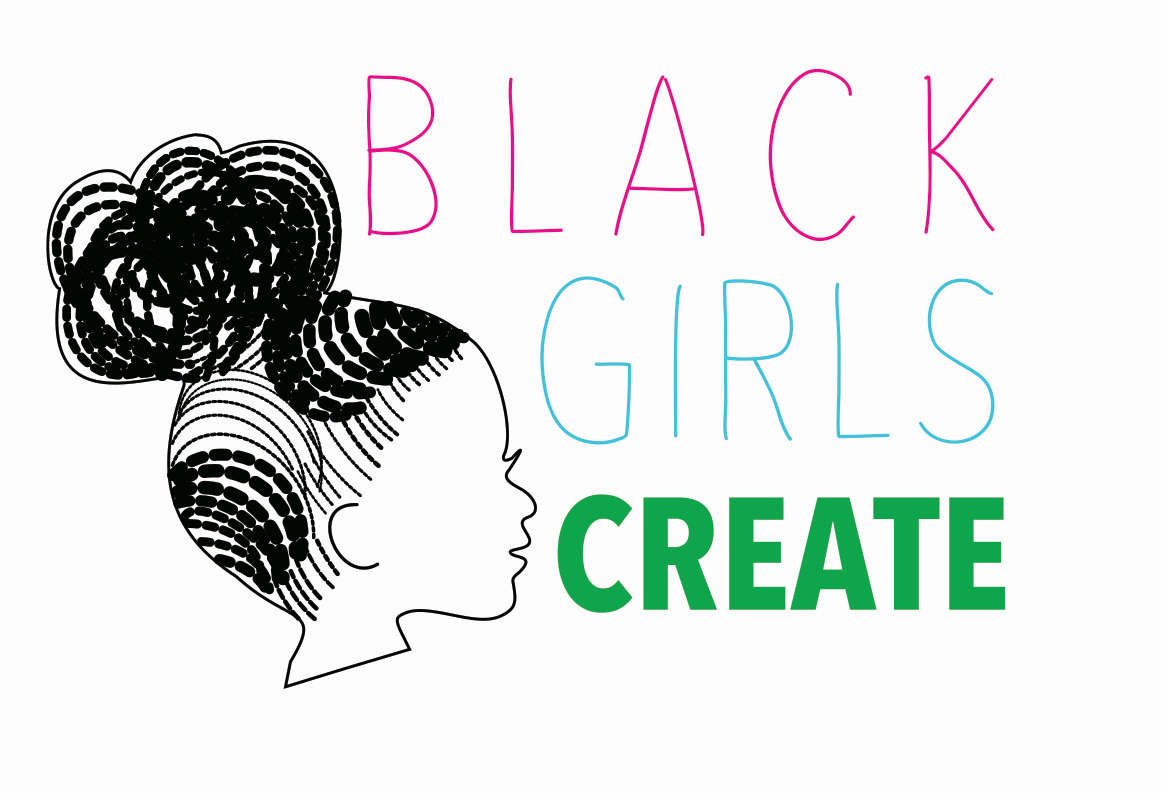American institutions have failed Black people in countless ways, both historically and in their current iterations. These failures have been both legal and widespread throughout the United States, hindering the success and prosperity of the Black communities across the country. One critical institution that has long failed the Black and other populations of color it was meant to serve is the American education system. Though there are wealthy and middle-class BIPOC populations who have access to great schools, a disproportionate number of Black and other students of color only have access to substandard education. Much of the racial disparity in the US educational systems stems from redlining, a decades-long practice of refusing to rent or sell to Black families, concentrating these families into school districts that are then underfunded. This practice strips schools that serve largely BIPOC students of funding, access to college-readiness courses, and can erode the quality of teachers and administrative staff the schools can retain, all of which contributes to an uninspiring and oftentimes mediocre schooling received by students in these unproductive settings.
From the moment they enter the school system, students in these failing institutions are subject to stricter scrutiny and disciplinary actions against their attire, hair, and even language than their peers in schools in wealthier districts. Failing to conform to the dominant cultural expectations in these surroundings attaches a stigma to Black students, one that perceives them as troublemakers who have little to no future after leaving school, a message many students internalize and reinforce—why put in the work to behave if you’ll get blamed for misbehavior in any case? Studies have found significant differences in the way Black students are treated by teachers and administrators compared to their white counterparts, even in the same schools. They are more likely to be suspended or expelled, are subject to lower expectations from teachers, and less likely to be placed in gifted programs. Disciplinary actions add to already existing stereotypes around their identity without improving the students' behavior. While these disciplinary actions rarely harm students from well-off communities, who are statistically more likely to be white, students attending school in marginalized neighborhoods face the consequences of these policies, including time out of class and a higher drop-out rate for each in or out-of-school suspension. Keeping students out of school makes it more difficult for them to attend college and access institutions of higher education that lead to higher-income employment opportunities. These unjust disciplinary structure reinforce the larger educational system’s expectations of lower achievement, keeping students struggling in a vicious cycle of failure created by institutionalized racism and classism.
In her 1993 paper “Getting Rid of Troublemakers: High School Disciplinary Procedures and the Production of Dropouts”, sociologist Christine Bowditch observed tactics used at an inner-city and predominantly Black school, noting that the school “frequently suspended a half dozen or more students each day and by the end of the year, more than a quarter of its students were suspended at least once, and many had multiple or serial suspensions,” she wrote. “Despite these facts, I did not encounter scenes of violence or chaos. Teachers did not complain of belligerence or open hostility; instead, they talked about apathy, silliness, inattention, and poor attendance.” Actions that seem trivial but lead to further consequences like detention, suspension, and loss of privileges like extracurricular activities.

More recently, though, some schools have made persistent and successful efforts to rectify these inequities and transform educational methods. Organizations like the Black Swan Academy in DC offer after school programing, scholarships, leadership opportunities, and advocacy to empower Black youth through civic engagement. Black Girls and STEM Education Research Initiative in Massachusetts has implemented the Black Girls Create program, which uses digital fabrication projects to help middle school Black female youth gain interest and confidence in STEM. The program also creates an informal learning environment to help students build skills in creative thinking and problem solving before the kids enter high school. It also incorporates social interaction with mentors to encourage meaningful future connections. University City High School, where 91% of the students are Black, offers another reformation example identified an unhealthy culture between teachers and students (lacking trust and respect). In response, they partnered with Washington University to train their teachers to hold forums that encourage open communication with their students and as a result student suspensions were reduced by 41 percent.
Too many Black students—especially ones from poor backgrounds—are set up for failure by an unequitable system built on racial and economic disparities, one seemingly so deeply ingrained into American society that the inroads of several programs haven’t yet created tangible changes for most students. Most inner-city districts are gravely underfunded, but investment in appropriate resources will always have the power to dismantle these structures and empower students to realize their value, demonstrate their creativity, encourage critical thinking, and show belief in their capability to succeed within the American education system.
—Gursimrat Kaur